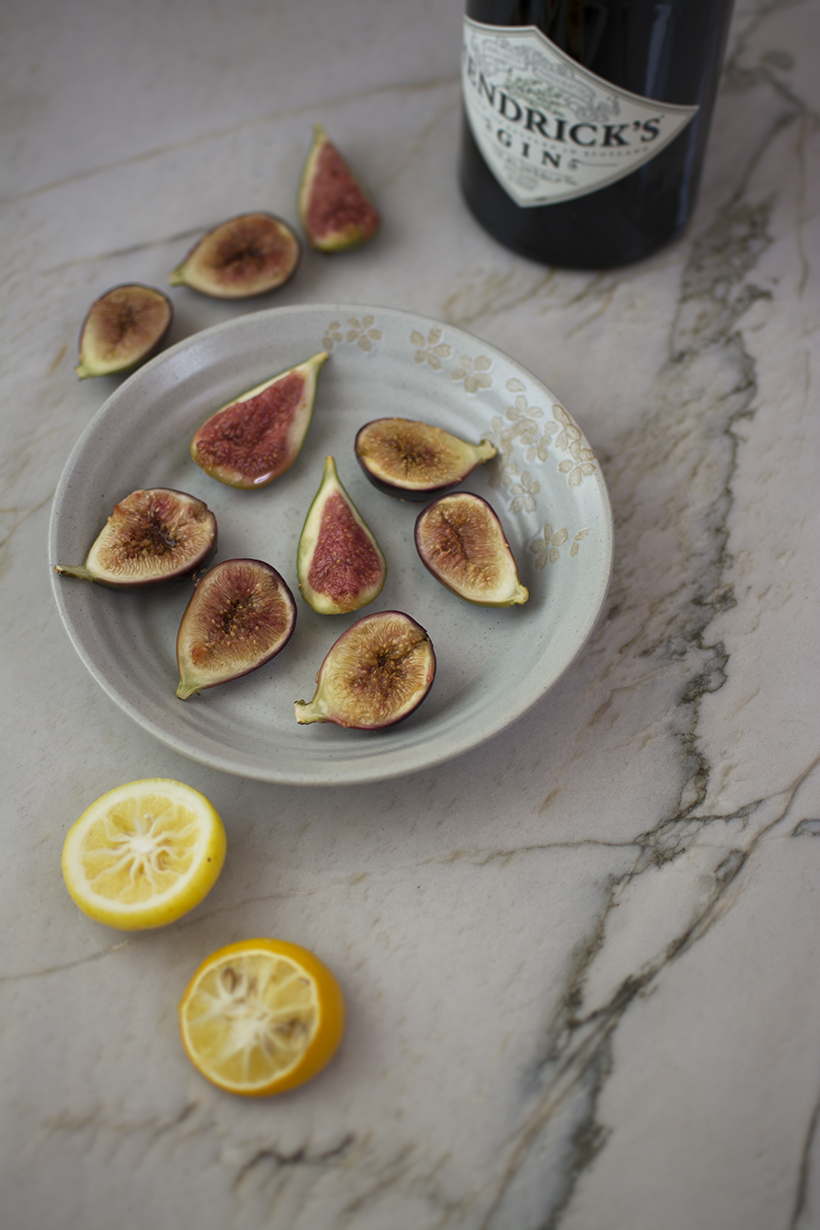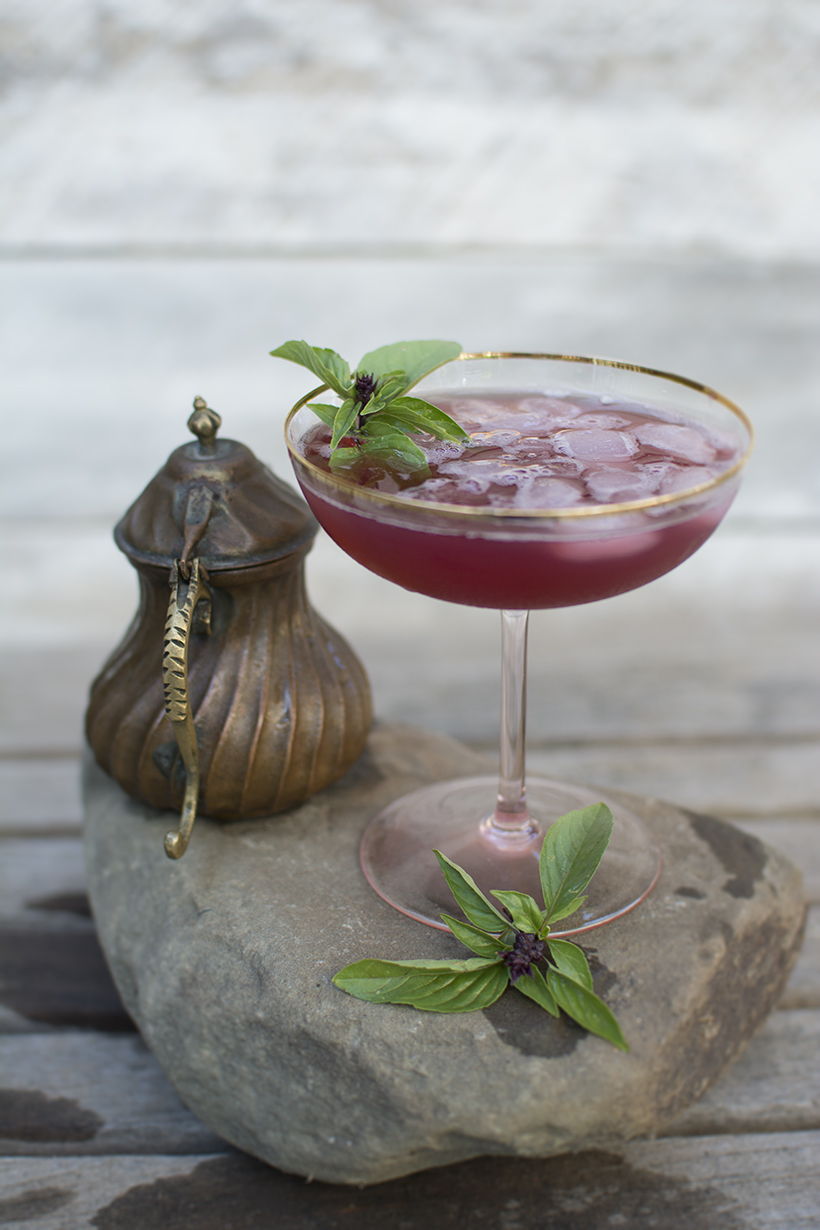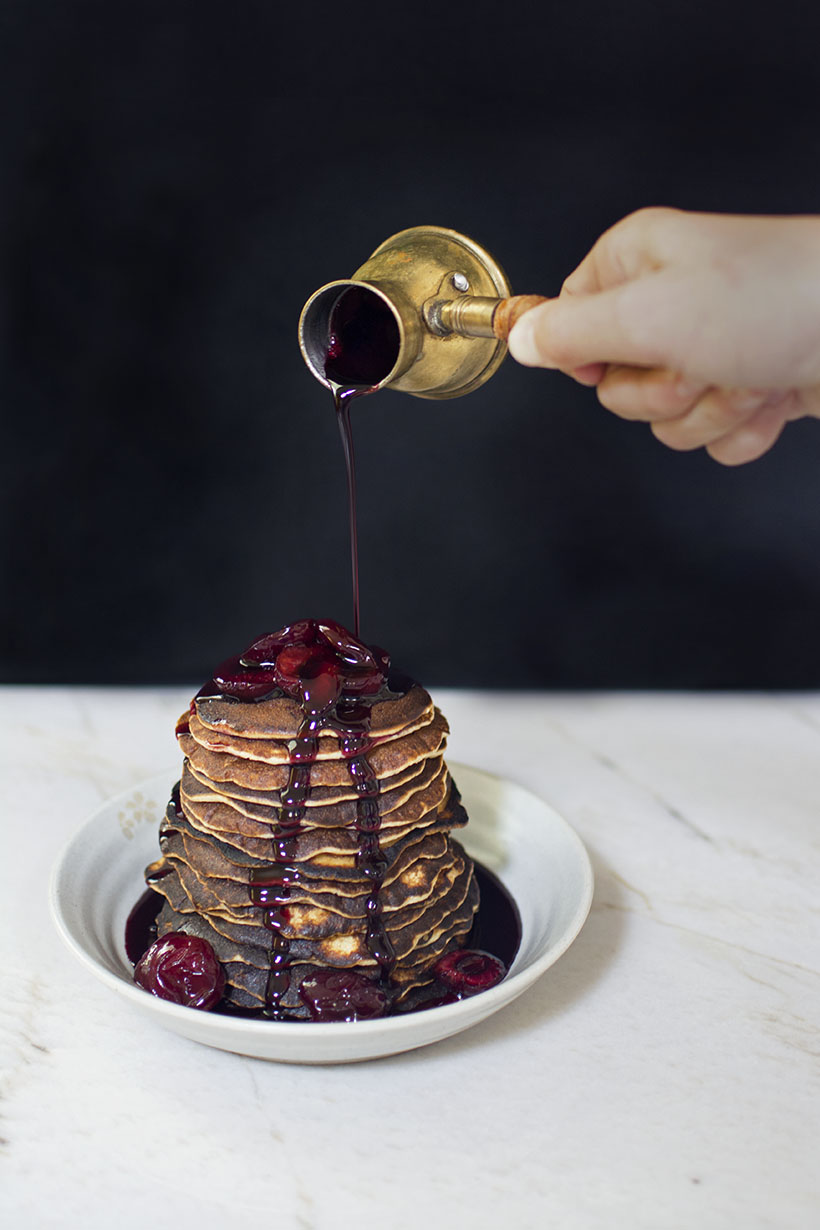Foraging is less about the finds and more about the intangibles. Into the woods and wild blue yonder where the wild things are. A “forest bathing” or shinrinyoku, as it is called in Japan, is simply a walk in a forest. It’s been shown to have a positive impact on the human nervous system from breathing in the wood’s essential oils. I believe the aromatherapy benefits are real, nonetheless, it doesn’t explain the similar impact felt when standing on top of a granite wall far above the timberline or chilling in an ice cave. Perhaps the mere physical removal from the confines of our curated communities places us closer to our innate animal nature. Why else do humans naturally bond with dogs and cats — not to imply you shouldn’t carry a bear whistle with you into the wild.
The intangibles go deeper still — there’s a fellowship one finds in the forest and the wild. Ralph Waldo Emerson posed the question, “Why should not we also enjoy an original relation with the universe?” An authentic relationship. I believe a similar connection can be found closer at hand when the wild lands are not readily available to us. An authentic fellowship, for example, when a friend shares a mutual adoration for the wooden rose and a beloved niece delivers a paper bag filled with hard-to-source edible flowers. These foragings work subliminally in tangent with our innate connection to the wild. I experienced such a foraging fellowship this week . . .

I did not anticipate the Nasturtium (Tropaelum majus) would be so challenging to find. Nasturtiums were once a scorned weed and indeed are vigorous ground sprawlers. Today it is eaten in salads at the finest restaurants, tasting much like watercress. Keep in mind, however, roadside edibles may come packed with unknown chemicals and pesticides, so proper sourcing is essential. Eat from nature or as close to nature as possible, not a duplicitous simulation. These nasturtiums that appeared on my front doorstep in the arms of my smiling niece were grown in a pesticide-free garden where even the moles and ants are not sprayed. She scouted them out at her friend’s house and delivered them to me in bountiful amounts — a few accompanied by their roots for repotting. All parts of a nasturtium plant are edible. Their peppery-tasting flowers, stems and leaves are high in vitamin C and vitamins B1, B2 and B3, as well as iron, calcium, phosphorus and manganese. Instead of using them in a salad, I’ve created a sweet punjabi lassi drink. To your health!






- 2-3 cups natural yogurt, chilled
- ¼ to ½ cup chilled nasturtium stock * (several handfuls of nasturtium flowers & stems)
- 2-3 Tbsp sugar (more if yogurt is sour)
- ¼ teaspoon ground cardamom
- Ground cinnamon
- Nasturtium petals for garnish
- Nasturtium Lassi:
- Mix first 5 ingredients with a hand blender or a traditional Punjabi wood Madani to create a nice froth. Decorate with nasturtium flower petals and serve chilled.
- * Nasturtium Stock: Separate flowers and stems and place in a large bowl. Cover with purified water to submerge all greenery. Seal bowl with plastic wrap and refrigerate for 24 hours. Strain and discard flowers and stems.





Such beautiful colors! And what a refreshing beverage! A must try.